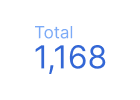 统计信息摘要图表
统计信息摘要图表
您可以使用数据透视图来显示单个指标的摘要。详细了解数据概览。
图表变体:显示紧凑数字的统计信息摘要图表。
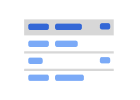 表格
表格
您可以使用表格将数据转换为可排序和分页的图表。详细了解表格。
图表变体:包含条形的表格、包含热图的表格。
 数据透视表
数据透视表
使用数据透视表重新整理和汇总数据。详细了解数据透视表。
 时间序列
时间序列
您可以使用时序图查看数据随时间的变化情况。 详细了解时序图。
图表变体:迷你图、经过平滑处理的时序图表。
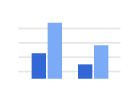 条形图和柱形图
条形图和柱形图
条形图或柱形图可用来显示一个或多个类别(或一组或多组)的数据,尤其是在每个类别各有子类别的情况下。 详细了解条形图和柱形图。
图表变体:条形图、柱形图、堆叠柱形图、百分比堆叠柱形图、堆叠条形图、百分比堆叠条形图。
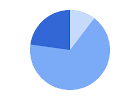 饼图
饼图
饼图能够以“饼图切片”的形式展示数据或数据占整体的比例。 详细了解饼图。
图表变体:圆环图
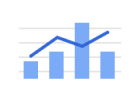 组合
组合
组合图表能够以不同的标记类型(柱形或折线)显示各个数据系列。 详细了解组合图表。
图表变体:堆叠组合图表、折线图、经过平滑处理的折线图。
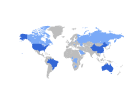 地理位置
地理位置
地理图表可用来展示各大洲、国家或区域的地图。每个区域的值将以不同的颜色显示。 详细了解地理图表。
 Google 地图
Google 地图
使用 Google 地图探索地理位置数据。 详细了解 Google 地图。
图表变体:气泡地图、填充地图、热点图、折线地图。
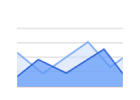 地区
地区
面积图可以图形方式突出显示不同数据类别之间值的变化差异。详细了解面积图。
图表变体:堆叠面积图、总和为 100% 的堆叠面积图。
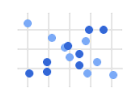 散点图
散点图
散点图可用来显示沿横轴(X 轴)和纵轴(Y 轴)的数字坐标,还可用于观察两个变量间的趋势和模式。详细了解散点图。
图表变体:气泡图
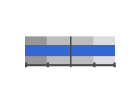 项目符号
项目符号
使用子弹图可跟踪指定指标在实现一系列目标方面的进展。详细了解子弹图。
另请参阅:刻度盘图。
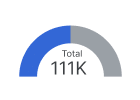 采样平均值
采样平均值
使用刻度盘图可了解指定指标与目标值的对比情况。详细了解刻度盘图。
图表变体:带范围的仪表盘。
另请参阅:子弹图。
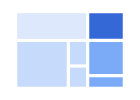 树形图
树形图
树形图可用来展示数据树,以父子层次结构来组织对象。详细了解树形图。
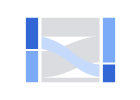 桑基图
桑基图
桑基图可用于显示从一组值到另一组值的流向。详细了解桑基图。
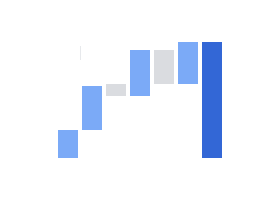 瀑布流
瀑布流
瀑布图可直观地显示一系列正值和负值如何累加为总值。详细了解瀑布图。
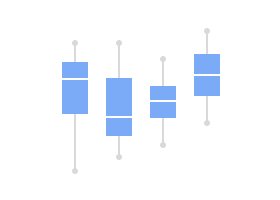 箱线图
箱线图
箱线图可帮助您直观呈现数据集中的值分布和离散程度。箱线图尤其适用于比较不同类别的值。详细了解箱线图。
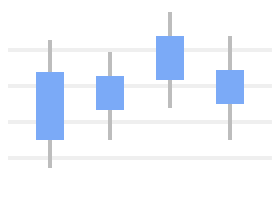 烛线图
烛线图
K 线图可帮助您直观呈现数据中的范围,包括开盘值和收盘值,以及每个范围的最高值和最低值。详细了解 K 线图。
时间轴
您可以使用时间轴图直观呈现一组组事件之间的关系,并比较这些事件发生的时间范围。详细了解时间表图。
漏斗
使用漏斗图可直观呈现指标在顺序流程中随事件发生变化的情况。详细了解漏斗图。
 社区可视化图表
社区可视化图表
使用第三方开发者创建的图表以各种方式显示数据。详细了解社区可视化图表。

